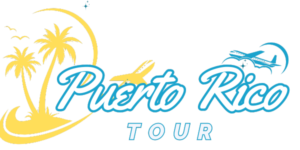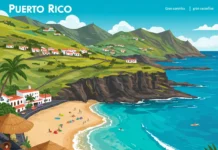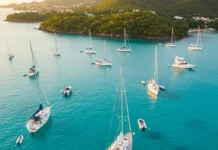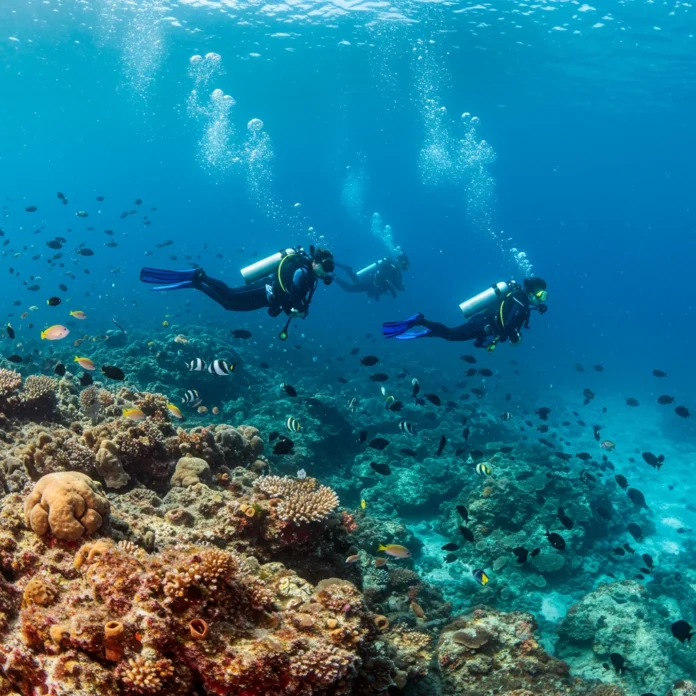Introduction to Scuba Diving in Puerto Rico
Few destinations in the Caribbean offer the diversity and accessibility of scuba diving in Puerto Rico. With its inviting tropical waters, rich marine life, and a culture deeply connected to the sea, Puerto Rico provides an ideal setting for both beginners and experienced divers. Whether you are curious about the underwater world or seeking a memorable adventure, the island’s warm hospitality and professional dive operators will make your first dive both safe and exhilarating.

Why Choose Puerto Rico for Scuba Diving Adventures?
Puerto Rico stands out as a top diving destination thanks to its unique blend of natural beauty, vibrant marine ecosystems, and ease of access for travelers from around the world. Its central location in the Caribbean means short flights from the mainland United States and no passport requirements for U.S. citizens, making it an effortless choice for a diving getaway.
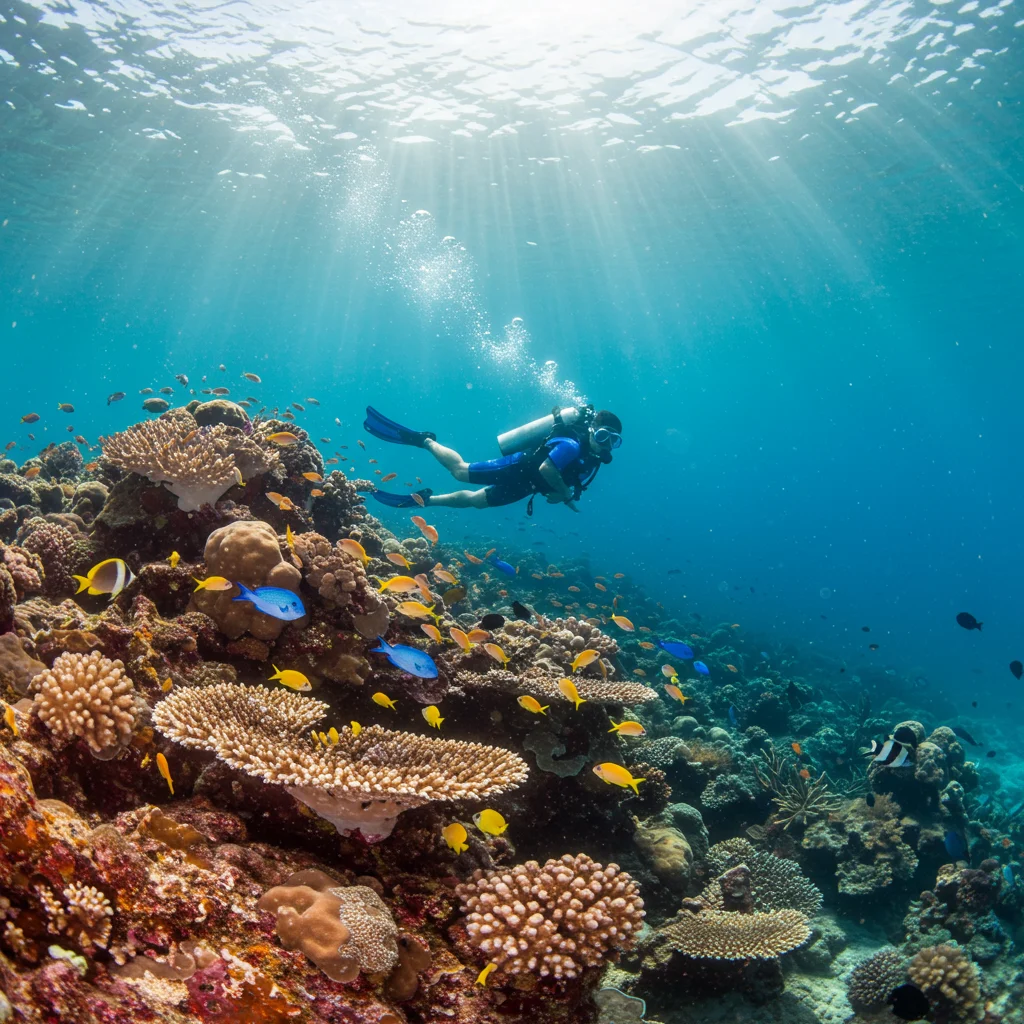
What Makes Puerto Rico’s Underwater World Unique?
The underwater scenery around Puerto Rico is characterized by colorful coral reefs, dramatic walls, mysterious caves, and even bioluminescent bays. Unlike some islands limited to one type of dive environment, Puerto Rico offers a remarkable variety. From the gentle slopes of protected bays to the thrilling drop-offs along the continental shelf, every dive site tells a different story through its topography and wildlife encounters.
The Rich Marine Biodiversity of Puerto Rico
The island’s position at the junction of the Atlantic Ocean and Caribbean Sea creates a thriving habitat for a wide range of marine species. Divers regularly encounter schools of tropical fish, graceful rays, sea turtles, and even occasional nurse sharks. The health of Puerto Rico’s reefs supports vibrant coral gardens, making every descent a feast for the senses as you glide past swaying sea fans, sponges, and blooming soft corals.
Overview of Puerto Rico’s Dive Sites
Puerto Rico’s coastline is dotted with renowned dive sites, each offering distinct experiences for divers of all skill levels. From offshore islands to sheltered coves, the island’s geography caters to both tranquil beginners’ dives and thrilling deep-water explorations.
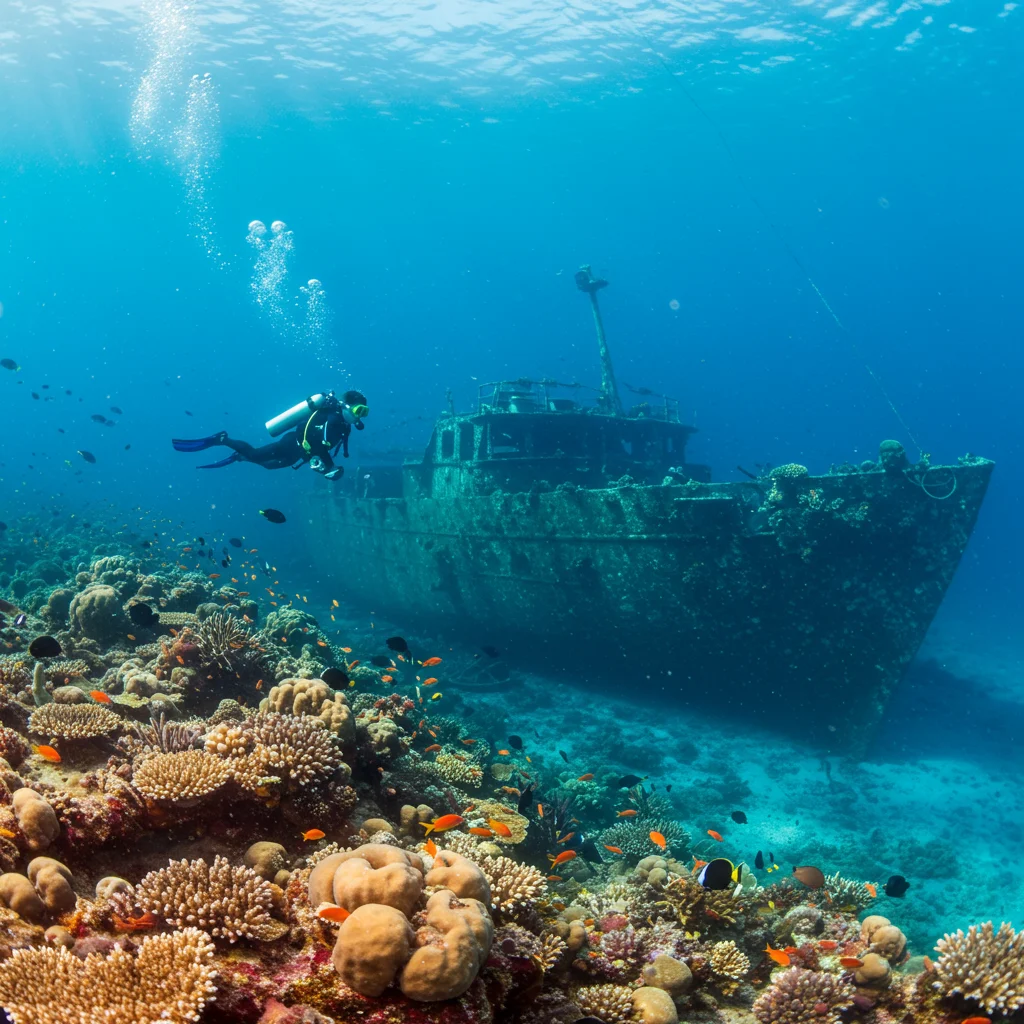
Best Scuba Diving Locations in Puerto Rico
If you are planning your first underwater adventure, choosing the right location can make all the difference. The island’s most celebrated dive sites are easily accessible, with local dive operators providing transportation, equipment, and expert guidance.
Diving in Culebra
Culebra Island, located off the east coast, is famous for its clear waters and stunning reefs. Sites like Tamarindo and Carlos Rosario Beach feature gentle currents, making them ideal for beginners. The abundance of marine life, including angelfish, parrotfish, and occasional hawksbill turtles, creates an unforgettable introduction to the underwater world.
Exploring Vieques Underwater
Vieques offers both reef and wreck diving opportunities. The underwater landscape here is dotted with coral gardens and the remains of sunken vessels, providing shelter for lobsters, octopuses, and colorful reef fish. The island’s relaxed pace and pristine beaches make it a favorite among those seeking tranquility both above and below the surface.
La Parguera’s Bioluminescent Waters
La Parguera is renowned for its unique bioluminescent bay, where microscopic organisms light up the water at night. While most divers visit for daytime reef dives, night dives here reveal a magical glow that must be seen to be believed. We delve into this phenomenon in our post about Puerto Rico’s bioluminescent bay, which remains a highlight for many visitors.
Fajardo’s Colorful Reefs
Fajardo, on the northeast coast, is home to some of the island’s most accessible reefs. Dive operators frequently visit Lobos Reef and Palomino Wall, where the water is typically calm and visibility excellent. Expect to see schools of blue tang, trumpetfish, and the occasional moray eel weaving through the coral heads.
Diving the Wall at La Parguera
The La Parguera Wall is a dramatic underwater cliff that drops hundreds of feet into the abyss. While suitable for more experienced divers, even beginners can enjoy the upper reef sections teeming with life. The sensation of floating above the deep blue is both thrilling and humbling.
Cayo Icacos & Palomino Island
Cayo Icacos and Palomino Island are popular day-trip destinations for divers and snorkelers alike. The shallow reefs here are perfect for entry-level dives, with calm waters, sandy bottoms, and abundant marine life. These sites are especially popular for families and groups looking for a safe, scenic introduction to diving.
Hidden Gems: Lesser-Known Dive Spots
Beyond the marquee destinations, Puerto Rico hides a wealth of lesser-known dive sites. Locations such as Crash Boat Beach in Aguadilla and Playa Santa in Guanica offer excellent visibility and fewer crowds. Exploring these spots can yield encounters with rare species and untouched coral formations, rewarding those who seek a more intimate underwater experience. For an in-depth look at the island’s top sites, explore our guide to Puerto Rico scuba diving adventures.
What Is Discover Scuba Diving?
Discover Scuba Diving is an introductory experience designed for those who want to try scuba without committing to a full certification course. Under the supervision of a certified instructor, participants learn the basics of diving in a safe and controlled environment, usually starting in shallow water before venturing into open water.
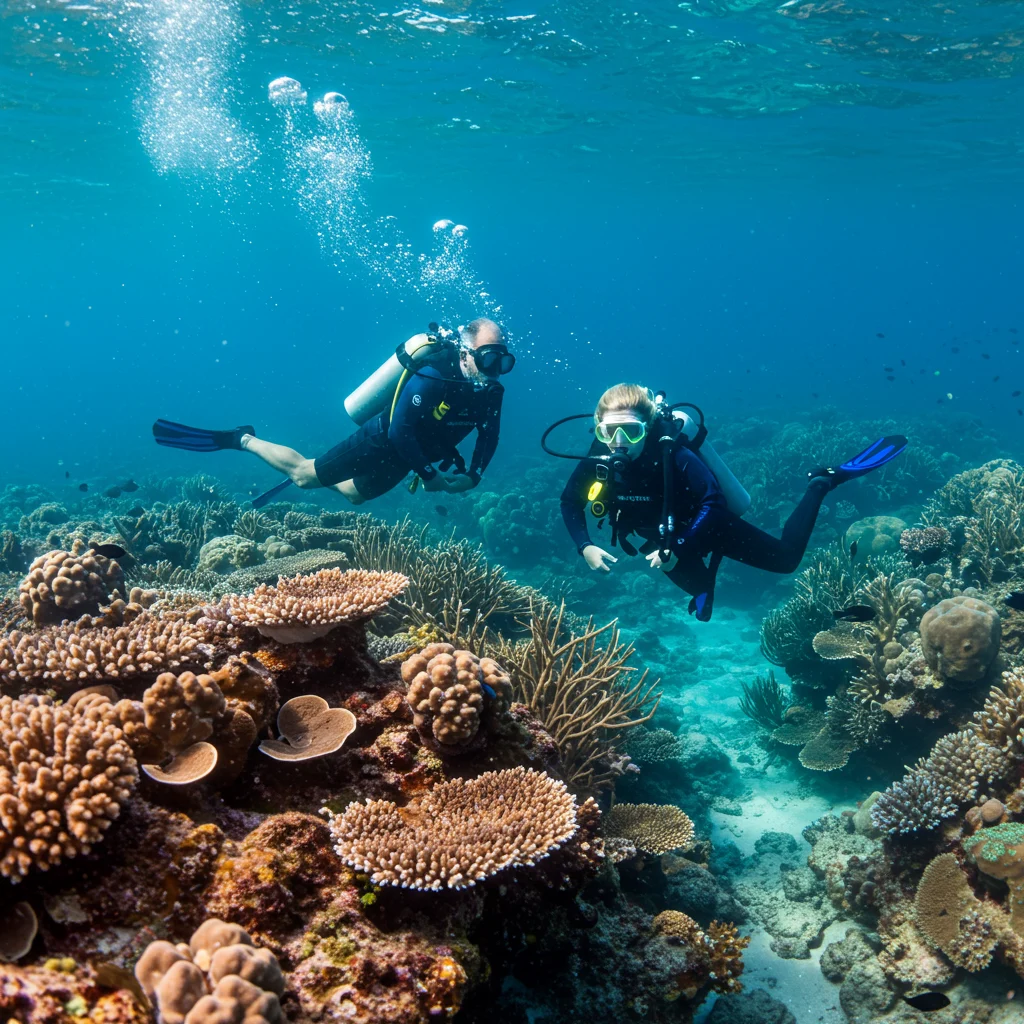
Who Is Discover Scuba Diving For?
This program welcomes anyone with a sense of adventure and curiosity about the ocean. Whether you are a complete beginner, a tentative swimmer, or someone seeking a new perspective on Puerto Rico’s natural beauty, Discover Scuba Diving offers a memorable first step beneath the waves.
Is Prior Experience Required?
No previous diving experience is needed. Instructors provide comprehensive instruction and remain by your side throughout the dive, ensuring you feel confident and secure every step of the way.
Minimum Age and Health Considerations
Most dive operators require participants to be at least 10 years old, though age requirements may vary. Good general health is important, as certain medical conditions may preclude diving. Participants are typically asked to complete a brief health questionnaire to confirm their suitability for the activity.
What to Expect During a Discover Scuba Diving Experience
Understanding what the day will look like can help you feel more relaxed and excited about your first dive. The experience is structured to maximize enjoyment while prioritizing safety and learning.
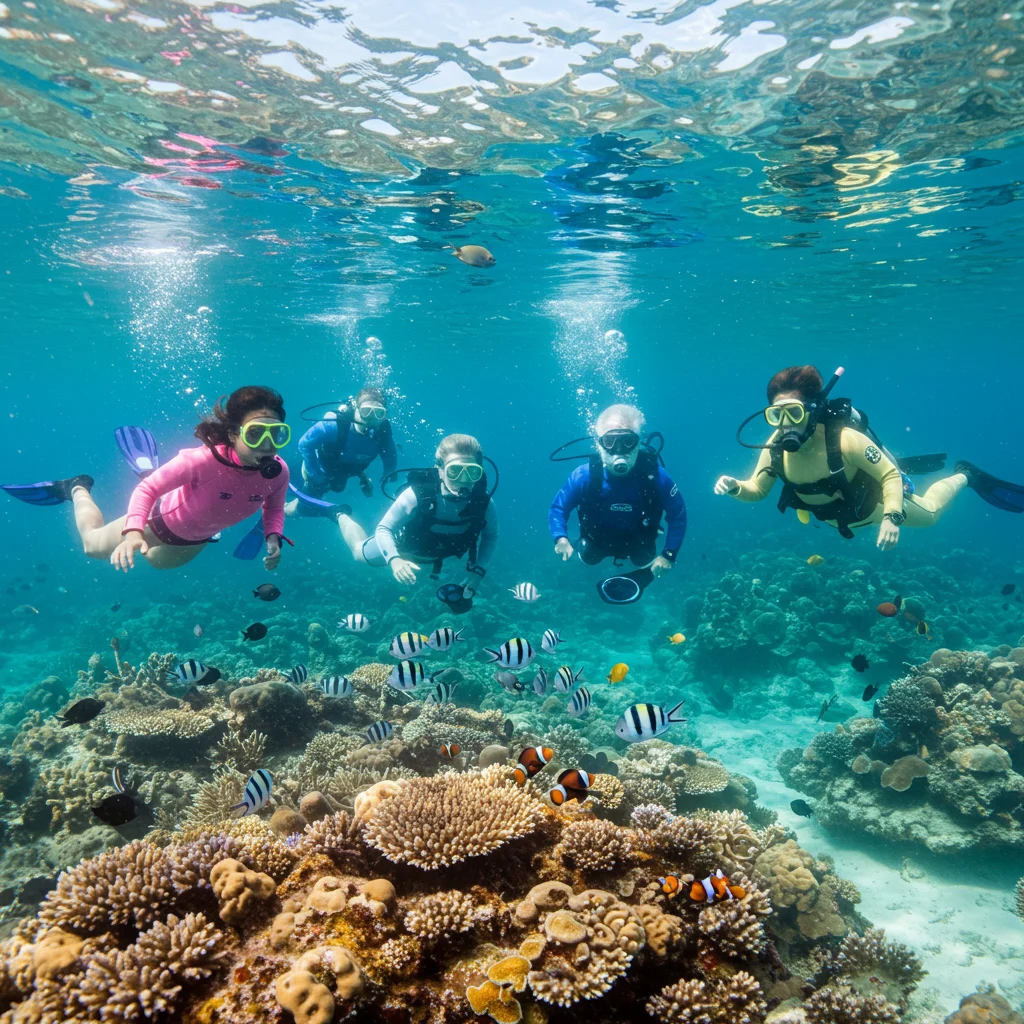
Step-by-Step Guide to Your First Dive
The Discover Scuba Diving program follows a structured sequence designed to build confidence and skills gradually, ensuring you are ready for your first underwater adventure.
Pre-Dive Briefing and Safety Instructions
Your day begins with a detailed briefing covering basic dive theory, safety procedures, and hand signals used for underwater communication. Instructors explain how to use the equipment and what to expect during each phase of the dive.
Getting Comfortable with the Equipment
Before entering the water, you will be introduced to your gear—mask, fins, buoyancy vest, and regulator. Instructors demonstrate how each piece functions and help you adjust the fit for comfort and security.
Practicing Skills in Shallow Water
The first practical steps take place in shallow water, where you practice breathing through the regulator and clearing your mask. These exercises are designed to build confidence and familiarity with the sensations of being underwater.
Exploring the Open Water
Once comfortable, you and your instructor venture into deeper water, often to a maximum depth of 40 feet (12 meters). Here, the true magic of Puerto Rico’s marine life comes alive, as you glide over coral reefs and observe the bustling activity of the ocean’s inhabitants. The weightlessness and serenity of the underwater world create a sense of awe and calm.
How Long Does a Discover Scuba Diving Session Last?
A typical session lasts about three to four hours, including the briefing, gear fitting, shallow water practice, and the open water dive itself. The underwater portion usually ranges from 30 to 60 minutes, depending on air consumption and group size.
What Skills Will You Learn?
During your session, you will master several essential skills:
- Breathing comfortably underwater
- Clearing water from your mask and regulator
- Equalizing pressure in your ears
- Basic buoyancy control
- Communicating with hand signals
Essential Scuba Diving Gear and Equipment
Having the right equipment is crucial for a safe and enjoyable dive. Most dive shops in Puerto Rico provide all necessary gear as part of the Discover Scuba Diving package, ensuring that first-timers can focus on the experience rather than logistics.
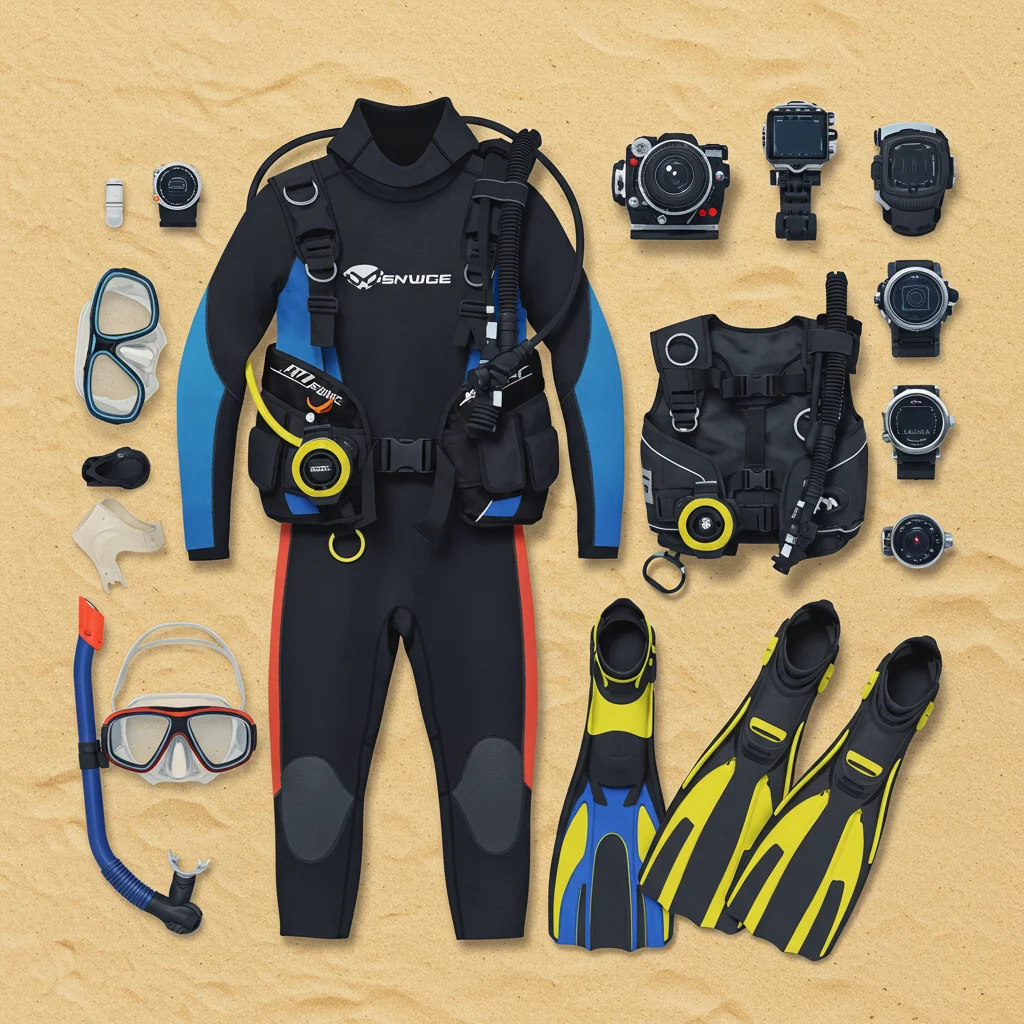
What Gear Is Provided?
Dive operators supply the following core items:
- Mask and snorkel
- Fins
- Buoyancy control device (BCD)
- Regulator and alternate air source
- Air tank
- Wetsuit or exposure suit, depending on water temperature
Personal Items to Bring
While most equipment is provided, consider bringing:
- Swimwear
- Towel
- Reef-safe sunscreen
- Waterproof camera (optional)
Understanding the Equipment: Masks, Fins, and Regulators
Each piece of gear serves a specific purpose. The mask creates an air space so you can see underwater, while fins help you move efficiently. The regulator delivers air from your tank, allowing you to breathe comfortably below the surface.
Wetsuits and Exposure Protection
Wetsuits provide thermal protection and shield your skin from sun, minor scrapes, and stings. In the warm Caribbean waters, a shorty wetsuit or even a rash guard may suffice, but check with your dive operator for local recommendations.
Top Dive Shops and Operators in Puerto Rico
Choosing a reputable dive operator ensures your safety and maximizes your enjoyment. Puerto Rico boasts a range of professional dive centers, each offering Discover Scuba Diving programs tailored to their local sites.

How to Choose a Reputable Dive Operator?
Look for operators with positive reviews, modern equipment, and a commitment to safety. Personal recommendations, online ratings, and professional affiliations (such as PADI or SSI) are good indicators of quality.
Recommended Dive Centers by Region
Each region of Puerto Rico has standout dive shops known for their expertise and hospitality. Fajardo, Culebra, and La Parguera host some of the most respected operators, with many offering packages that include transportation and refreshments.
What Certifications Do Instructors Hold?
Professional dive instructors are certified by organizations like PADI, SSI, or NAUI. These certifications require rigorous training in dive theory, rescue techniques, and teaching skills, ensuring your instructor is qualified to guide beginners safely.
Safety Standards and Practices
Reputable operators adhere to strict safety protocols, including thorough equipment checks, emergency procedures, and small group sizes. Instructors are trained to respond quickly to any concerns, making your first dive both safe and enjoyable.
Preparing for Your First Scuba Dive in Puerto Rico
Proper preparation helps you feel confident and relaxed. Focus on both your physical readiness and the practical aspects of travel to make your experience as smooth as possible.
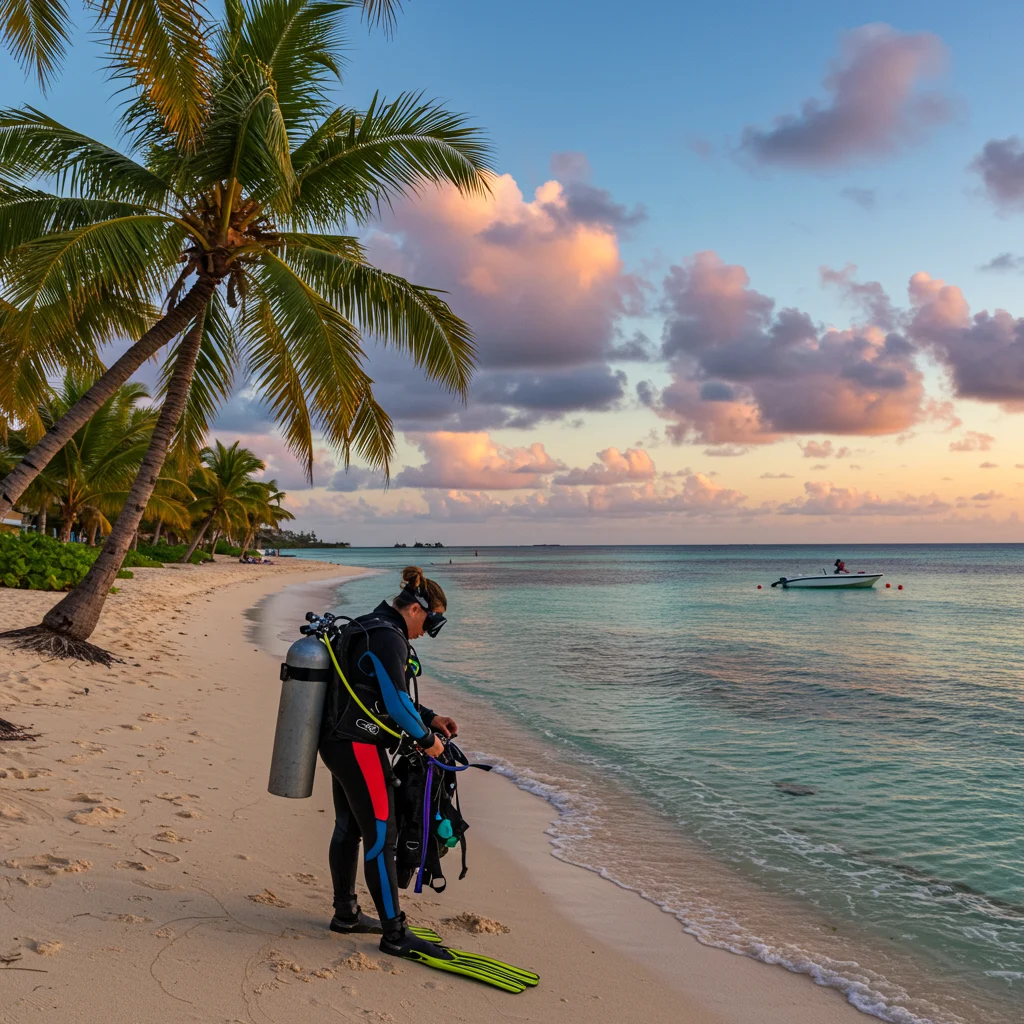
Physical and Mental Preparation Tips
Get a good night’s sleep, stay hydrated, and avoid alcohol before your dive. Practice slow, deep breathing to help you relax. If you have concerns about equalizing your ears, discuss them with your instructor in advance.
Travel and Packing Checklist for Divers
In addition to the items mentioned earlier, pack:
- Personal medications
- Identification and health insurance information
- Light snacks
- Dry bag for valuables
Can Non-Swimmers Try Discover Scuba Diving?
While basic swimming ability is helpful, it is not always required for Discover Scuba Diving. The instructor remains close by, and most activities begin in shallow water. However, comfort in the water is important for a positive experience. For those who prefer to stay closer to the surface, Puerto Rico snorkeling tours offer an excellent alternative.
Best Time of Year for Scuba Diving in Puerto Rico
The island’s tropical climate allows for year-round diving, but certain times offer optimal conditions for visibility and marine encounters.
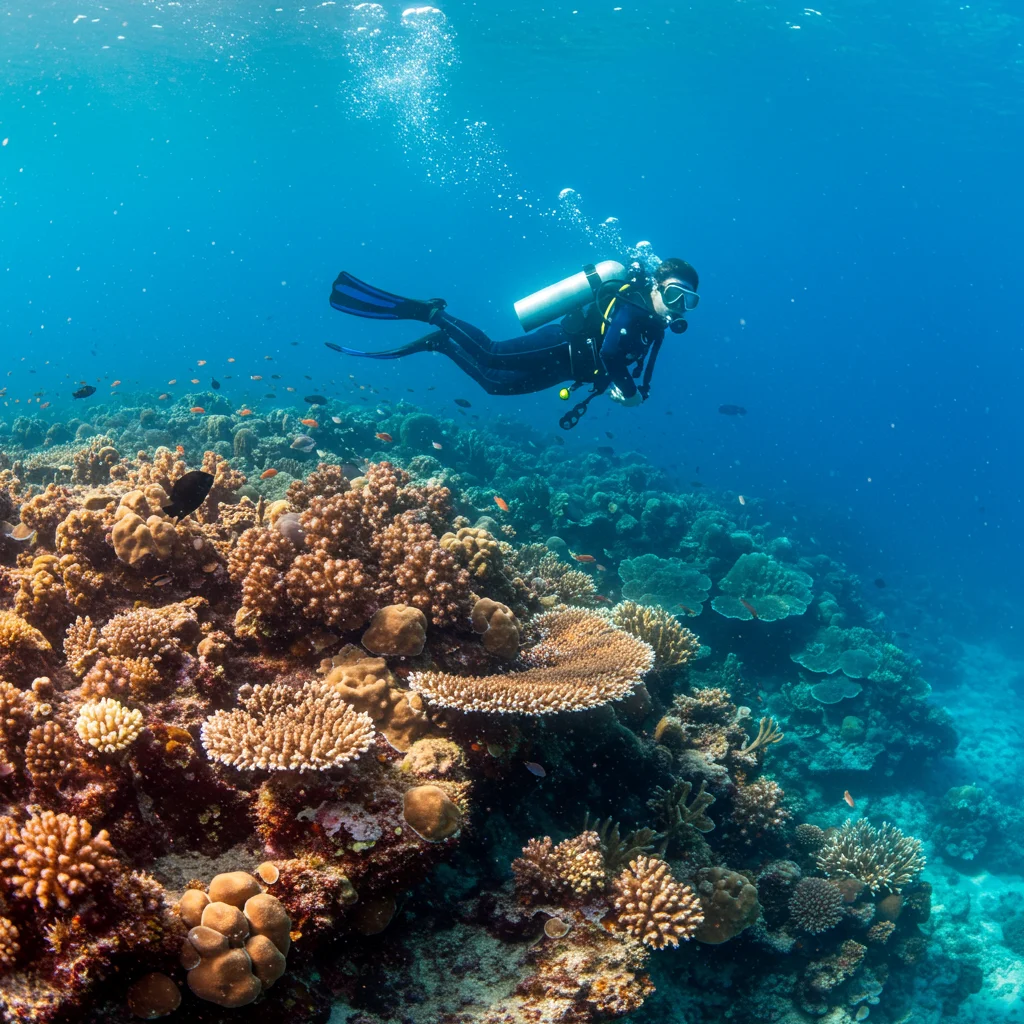
Seasonal Water Conditions
Water temperatures in Puerto Rico range from 78°F (25°C) in winter to 84°F (29°C) in summer. The sea is generally calmest from late spring through early fall, with occasional swells during hurricane season (June–November).
Visibility and Marine Life by Season
Underwater visibility is typically excellent, often reaching 60–100 feet. Summer and early fall offer the clearest waters, while winter brings slightly reduced visibility but increased chances of spotting larger pelagic species.
Weather Considerations
Check local forecasts and consult your dive shop about recent conditions. While rain is common, it rarely affects diving except during tropical storms or hurricanes, when trips may be postponed for safety.
Top Marine Life Encounters in Puerto Rico
Diving in Puerto Rico means coming face-to-face with a dazzling array of marine life. The island’s reefs, seagrass beds, and open waters support countless species, making every dive a new adventure.

What Fish and Creatures Can You See?
Expect to see angelfish, parrotfish, groupers, barracuda, and schools of snappers swirling around the reefs. Invertebrates such as sea stars, spiny lobsters, and octopuses are common sights, especially for those with a keen eye.
Spotting Sea Turtles, Rays, and Sharks
Green and hawksbill sea turtles are frequent visitors to Puerto Rico’s reefs, gliding gracefully through the water. Southern stingrays and eagle rays are often spotted on sandy patches, while nurse sharks rest quietly beneath ledges.
Colorful Coral Reefs and Invertebrates
The coral gardens are alive with color—brain coral, elkhorn, and gorgonians create intricate habitats for shrimp, crabs, and nudibranchs. The interplay of light and water brings out the reefs’ full vibrancy, making every moment underwater a visual spectacle.
Unique Underwater Experiences
Puerto Rico offers several extraordinary encounters for those seeking something special beneath the surface.
Diving with Dolphins
On rare occasions, wild dolphins may join divers, their playful energy adding excitement to the dive. While not guaranteed, these encounters are cherished memories for those lucky enough to experience them.
Night Diving and Bioluminescence
Night dives reveal a different side of the reef, with nocturnal creatures emerging and bioluminescent organisms lighting up the darkness. As experts often say:
“The ocean at night is a world transformed—every movement glows, every sound is amplified, and every encounter feels magical.”
For a closer look at this phenomenon, see our exploration of bioluminescence in Puerto Rico’s waters.
Safety Tips for Beginner Divers
Safety is the foundation of a positive diving experience. By following established guidelines and listening to your instructor, you can enjoy your adventure with peace of mind.
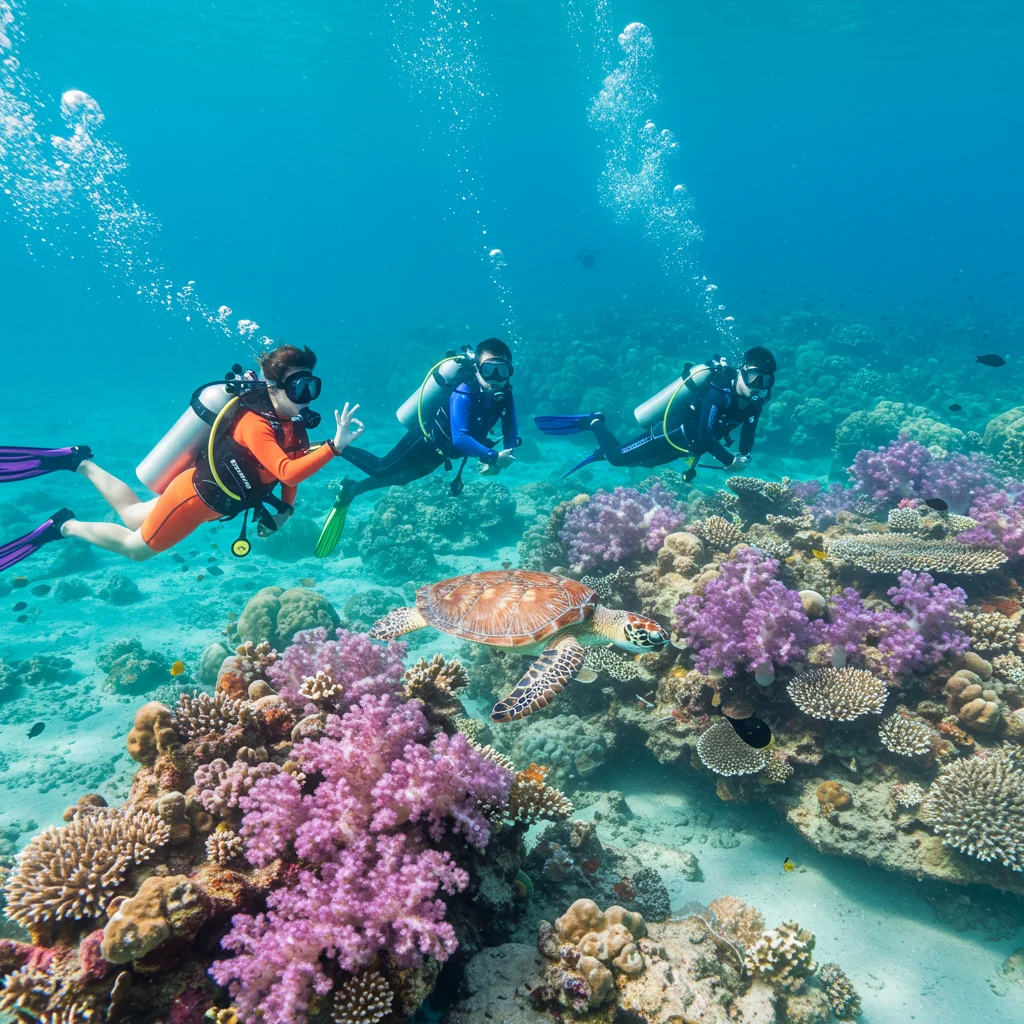
Understanding Dive Signals and Communication
Hand signals are essential for communicating underwater. Before your dive, your instructor will teach you how to signal “OK,” “ascend,” “descend,” and “problem,” ensuring you can always convey your needs to the group.
Equalizing Pressure and Avoiding Ear Pain
As you descend, equalizing the pressure in your ears prevents discomfort. The most common technique is to pinch your nose and gently blow, allowing your ears to adjust. Your instructor will guide you through this process and monitor for any issues.
How to Stay Calm Underwater?
Slow, steady breathing is the key to remaining calm. If you feel anxious, pause and focus on your breath. Trust in your training and your instructor’s support, and remember that it is normal to feel some nerves during your first dive.
What Are the Common Risks and How Are They Managed?
While diving carries some risks, they are minimized through proper training and supervision. Instructors are trained to handle emergencies, and equipment is regularly maintained. Following instructions and staying within recommended depth limits further reduces risk.
Environmental Responsibility While Diving
Respecting the underwater environment preserves its beauty for future generations. Puerto Rico’s dive community is committed to sustainable practices and marine conservation.
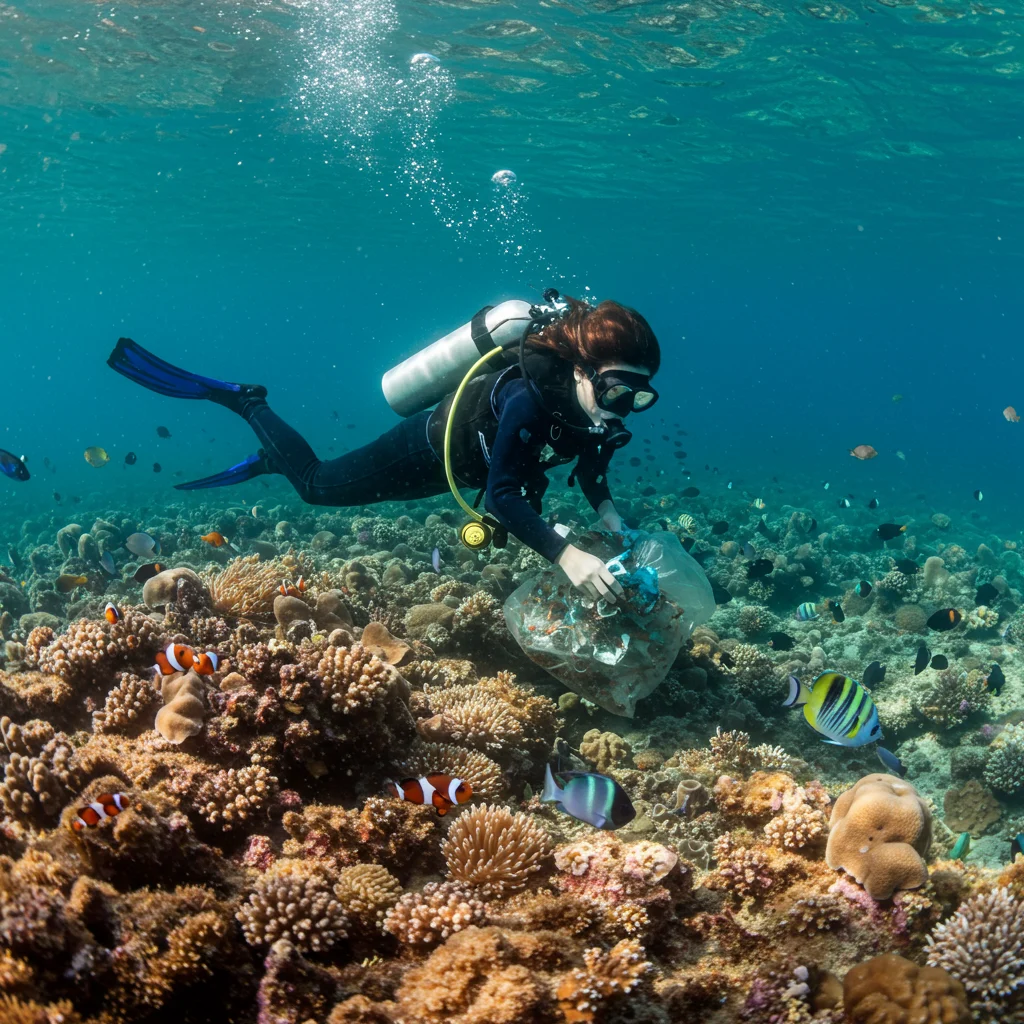
How to Protect Coral Reefs While Diving?
Avoid touching or standing on corals, as even gentle contact can cause damage. Maintain good buoyancy control and keep a safe distance from delicate formations.
Eco-Friendly Diving Practices
Use reef-safe sunscreen, avoid collecting souvenirs, and never disturb marine life. Many dive shops participate in reef cleanups and conservation efforts, inviting visitors to join in protecting these precious resources.
Supporting Marine Conservation in Puerto Rico
Consider supporting local organizations dedicated to reef restoration and marine education. Your participation helps sustain the ecosystems that make Puerto Rico a world-class diving destination.
Scuba Diving for Families and Groups
Diving can be a rewarding shared experience for families, friends, and groups. Many operators offer tailored packages and special accommodations to make diving accessible to everyone.

Are Kids Allowed to Join Discover Scuba Diving?
Children as young as 10 years old are welcome to participate, provided they meet health and swim requirements. Specialized programs for younger divers use smaller equipment and shallower depths for added safety.
Group Packages and Private Tours
Many dive shops offer group discounts and private tours, allowing you to share the adventure with loved ones or celebrate special occasions with a unique experience.
Accessibility for Divers with Disabilities
Inclusive dive operators provide adaptive equipment and personalized instruction for divers with disabilities. With the right support, almost anyone can enjoy the magic of scuba diving in Puerto Rico.
What to Do After Your Discover Scuba Diving Experience?
Your first dive often sparks a passion for further exploration. Puerto Rico offers plenty of opportunities to continue your underwater journey or try other aquatic activities.
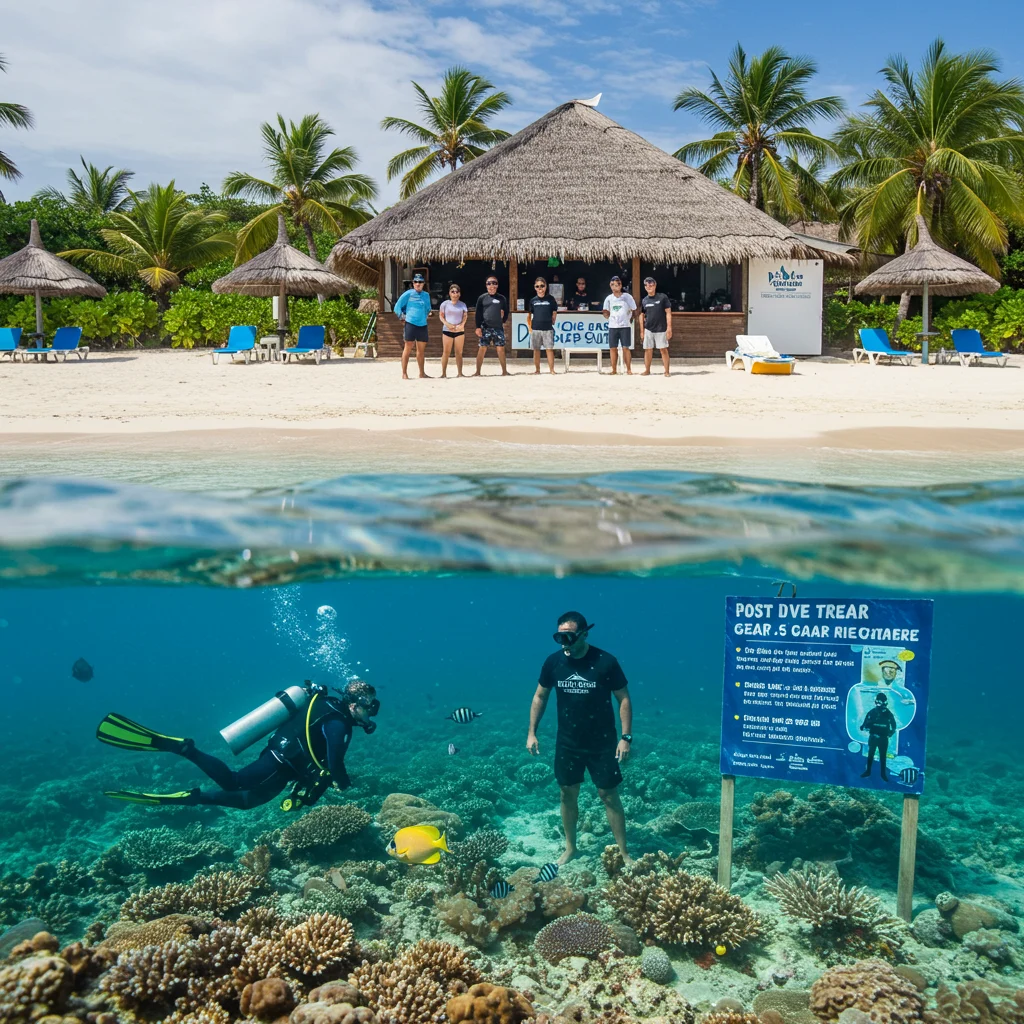
How to Get Certified as an Open Water Diver in Puerto Rico?
If you loved your introductory experience, consider enrolling in an Open Water Diver certification course. These courses combine classroom learning, pool sessions, and open water dives under the guidance of certified instructors, allowing you to dive independently around the world.
Other Water Activities to Try
Even if you are not ready for full certification, Puerto Rico’s coastline offers a wealth of water-based adventures.
Snorkeling Adventures
For a surface-level view of the reefs, snorkeling is a wonderful option. Our post on Puerto Rico snorkeling tours highlights the best locations and tips for making the most of your experience.
Kayaking and Paddleboarding
Kayak and paddleboard rentals are widely available, allowing you to explore hidden coves, mangroves, and bioluminescent bays at your own pace. These activities complement your diving adventure and offer a new perspective on Puerto Rico’s natural beauty.
Exploring Puerto Rico’s Beaches and Coastal Towns
Between dives, take time to enjoy the island’s sun-drenched beaches and lively coastal communities. Each town offers its own atmosphere, from laid-back surf spots to bustling harbors.
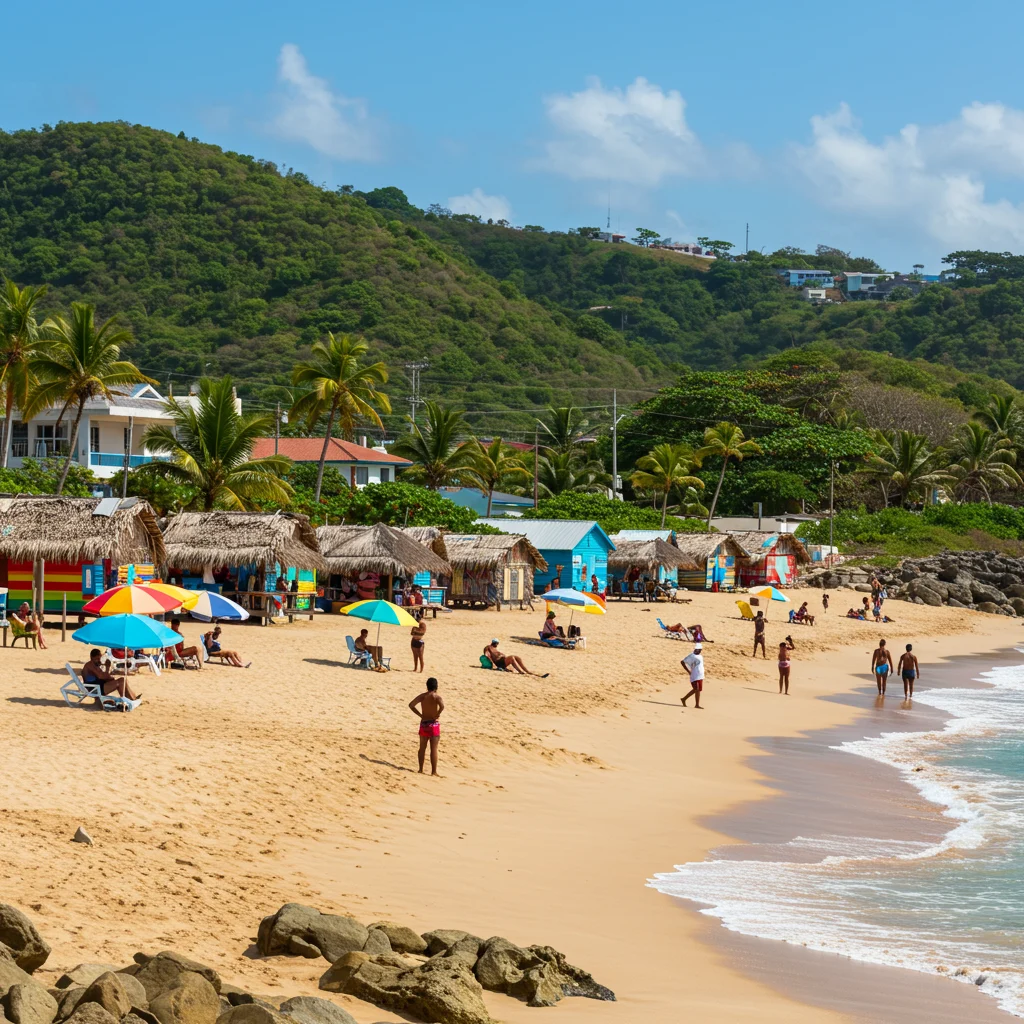
Best Places to Stay for Divers
Popular dive hubs like Fajardo, Culebra, and La Parguera feature a range of accommodations, from boutique hotels to beachfront villas. Staying close to the dive sites maximizes your time in the water and allows for easy access to early morning departures.
Local Cuisine and Dining Recommendations
Treat yourself to Puerto Rico’s culinary delights after a day of diving. Sample fresh seafood, mofongo, and tostones at waterfront restaurants, and don’t miss the chance to savor a sunset with a local cocktail in hand.
Travel Tips for Visiting Puerto Rico
Planning ahead helps you make the most of your trip. Puerto Rico is easy to navigate, but a few insider tips can enhance your experience.
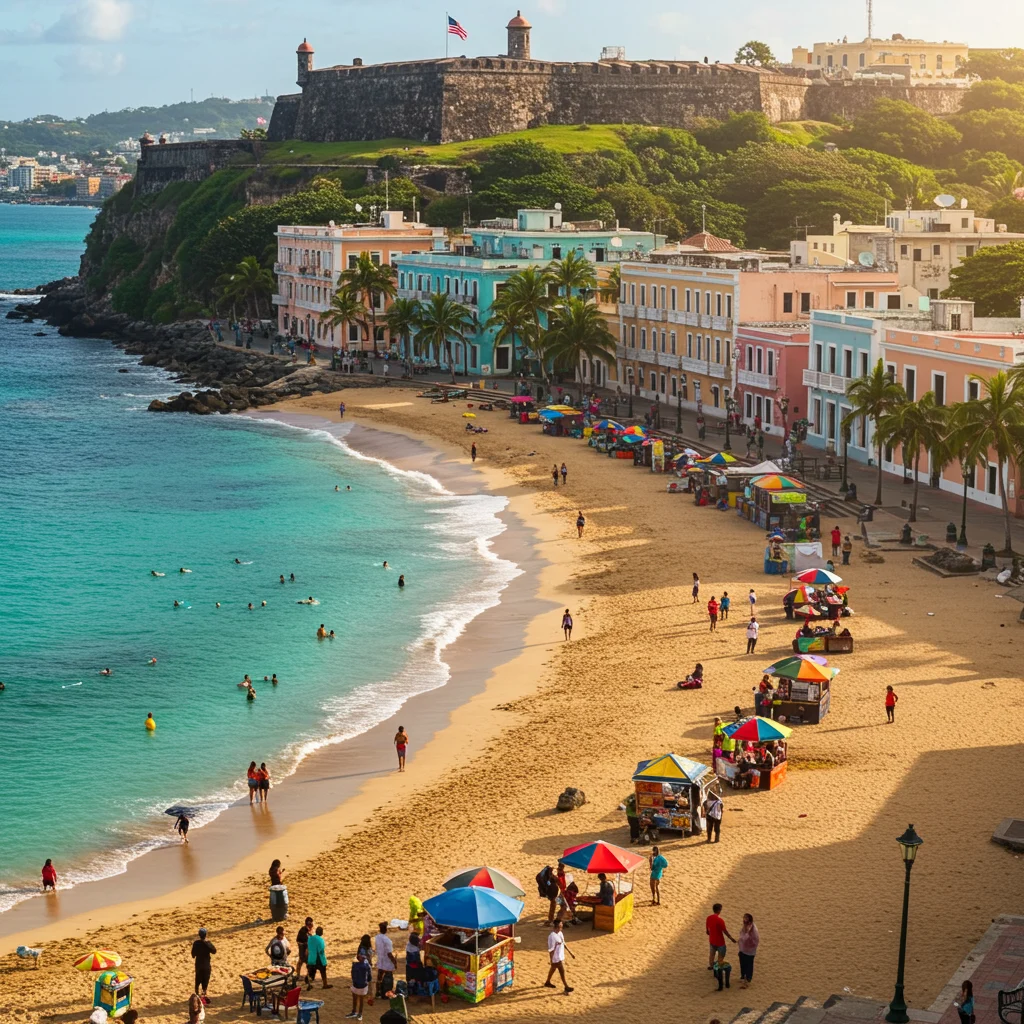
How to Get Around the Island?
Rental cars are the most convenient way to explore, especially if you plan to visit multiple dive sites. Public transportation is available in major towns, while ferries connect the main island to Culebra and Vieques.
Cultural Etiquette and Local Customs
Puerto Ricans are known for their warmth and hospitality. A friendly greeting, patience, and respect for local traditions go a long way. Tipping is customary in restaurants and for dive guides.
Budgeting for Your Scuba Diving Trip
Understanding the costs involved allows you to plan a memorable trip without surprises. While diving is an investment, thoughtful choices can help you get the most value for your budget.
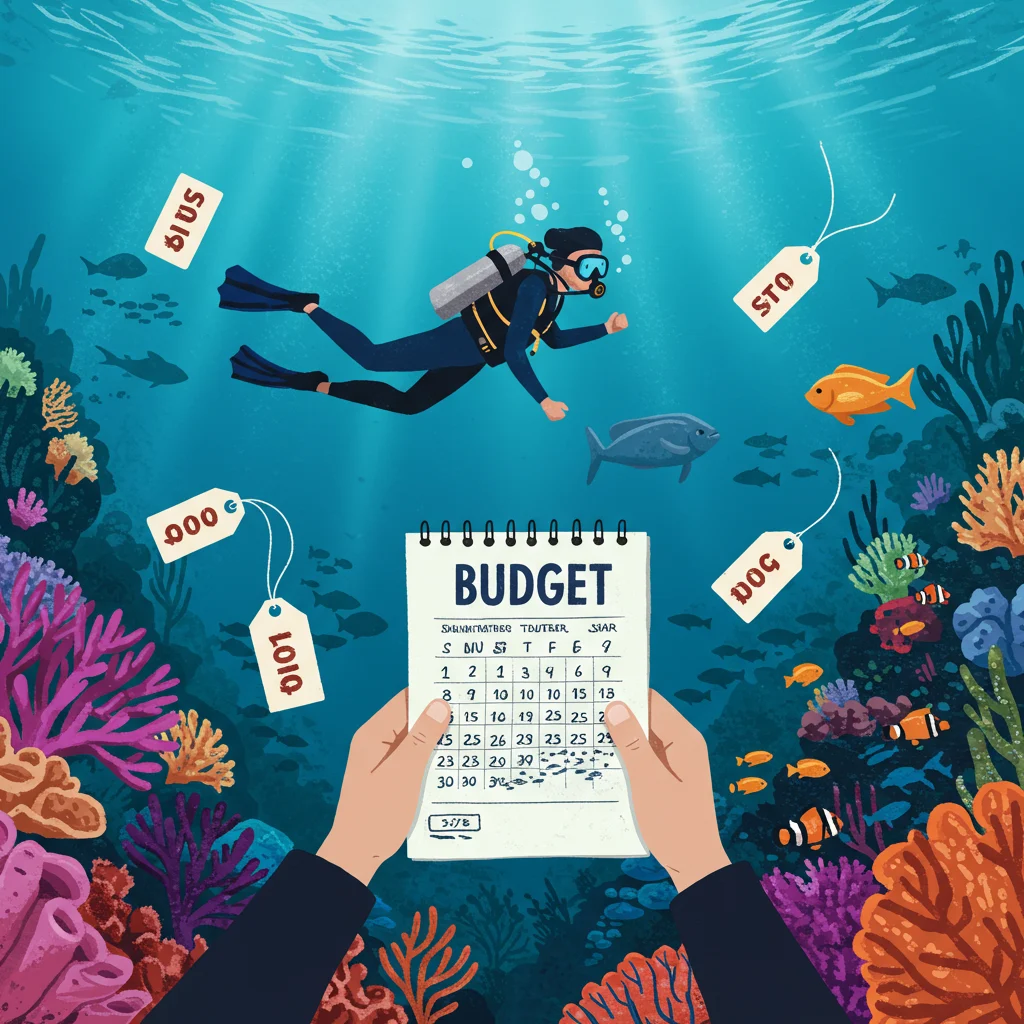
Typical Costs for Discover Scuba Diving
Prices for Discover Scuba Diving typically range from $100 to $150 per person, including equipment rental, instruction, and boat transportation. Group rates and seasonal discounts are often available.
Money-Saving Tips for Divers
Book in advance, look for package deals, and consider traveling during the shoulder seasons for the best rates. Bringing your own mask and snorkel can also save on rental fees and ensure a comfortable fit.
Frequently Asked Questions About Scuba Diving in Puerto Rico
We address some of the most common queries from first-time divers planning a Puerto Rican adventure.
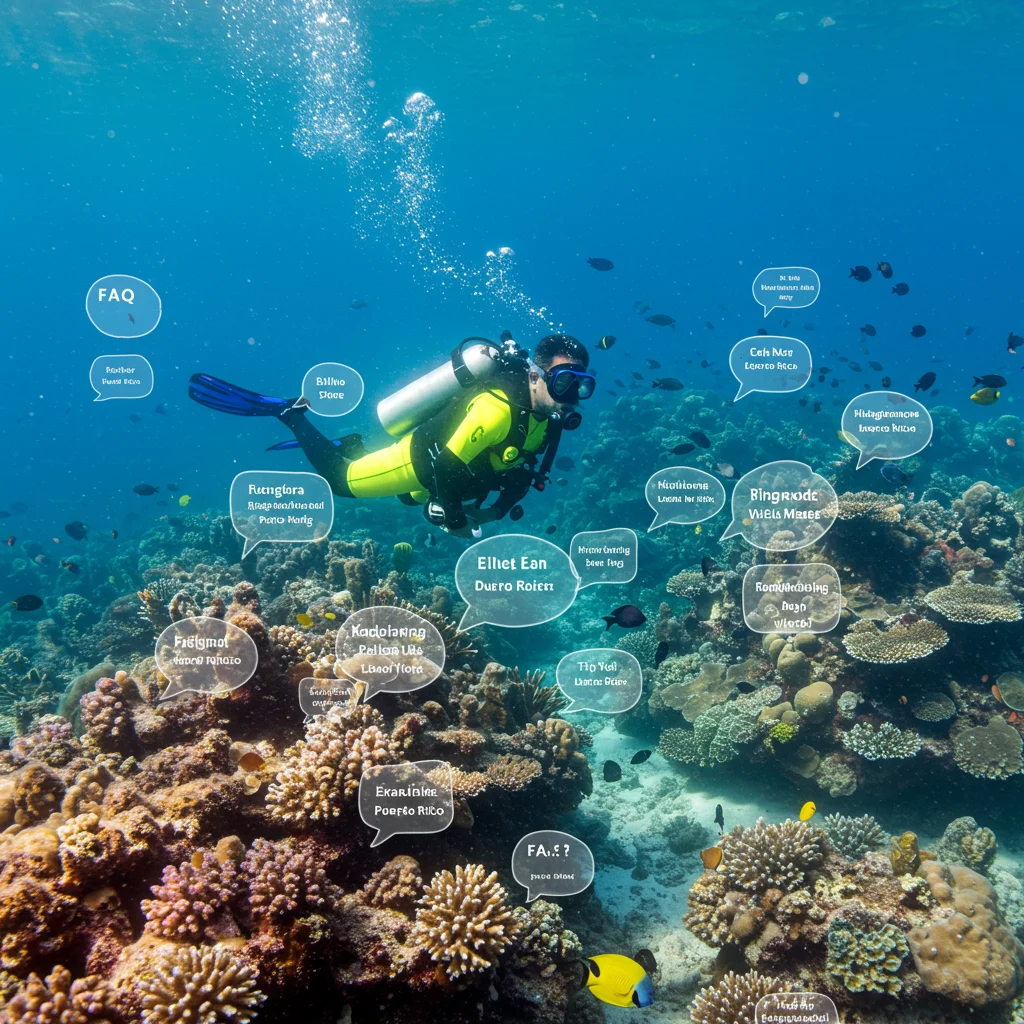
Is It Safe to Dive in Puerto Rico?
Yes, diving in Puerto Rico is very safe when conducted with reputable operators. Instructors are well-trained, equipment is maintained, and emergency procedures are in place.
Do I Need to Know Spanish to Dive Here?
While Spanish is the official language, most dive professionals speak English fluently. Communication is rarely an issue for English-speaking visitors.
Can I Bring My Own Equipment?
Absolutely. Many divers prefer to use their own masks, fins, or wetsuits for comfort. If you bring your own gear, let your dive shop know in advance so they can accommodate your preferences.
Conclusion: Why Puerto Rico Is the Perfect Place to Discover Scuba Diving
Puerto Rico’s crystal-clear waters, thriving marine life, and welcoming dive community make it an exceptional place for your first scuba experience. Whether you are looking for adventure, relaxation, or a new perspective on the natural world, the island offers something for every traveler.
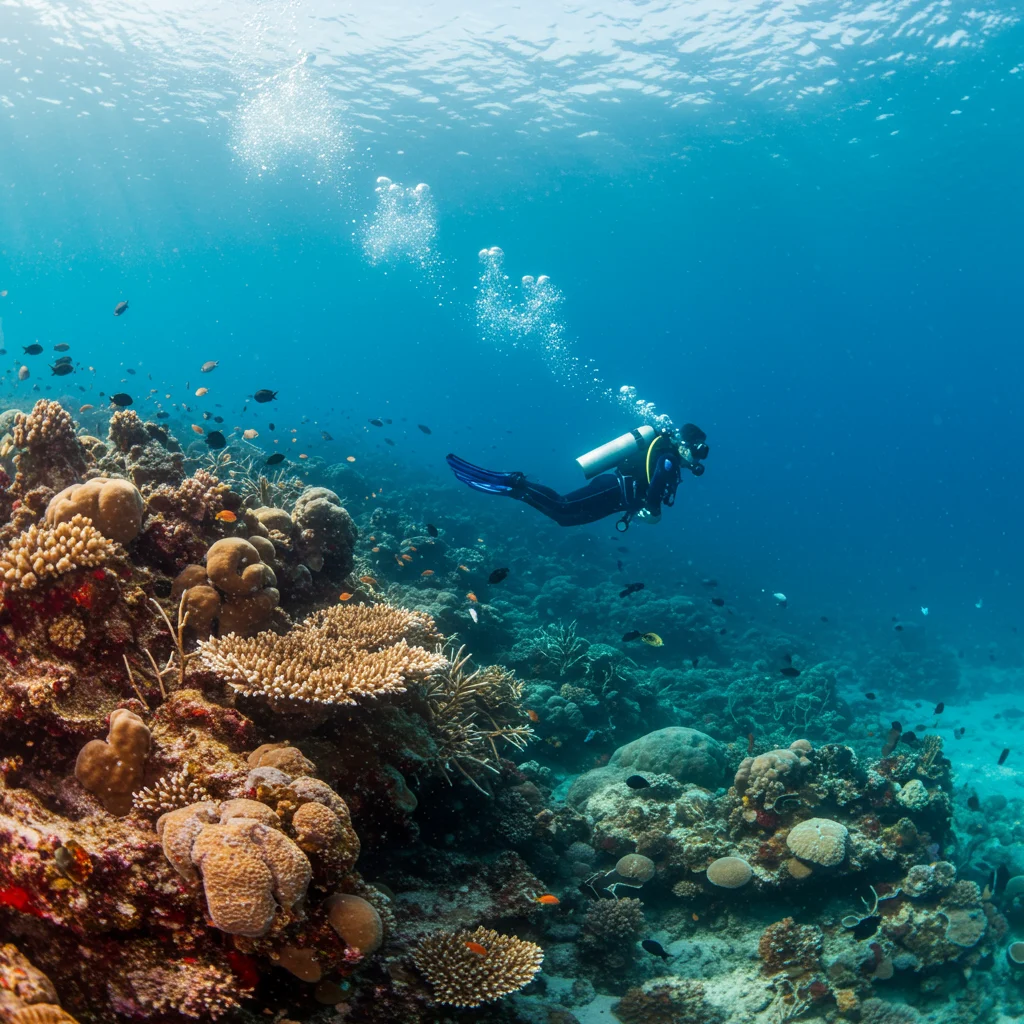
Encouragement to Take the Plunge
We invite you to seize the opportunity to experience the underwater wonders of Puerto Rico. The memories you create beneath the waves will stay with you long after your trip ends, inspiring a deeper connection to the ocean and its inhabitants.
How to Book Your Discover Scuba Diving Adventure
Ready to begin your journey? Visit Puerto Rico Tour for more information on booking your Discover Scuba Diving experience and making the most of your time on this extraordinary island. Let your adventure begin with confidence, curiosity, and a spirit of discovery.
